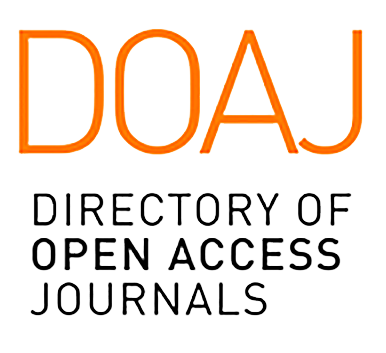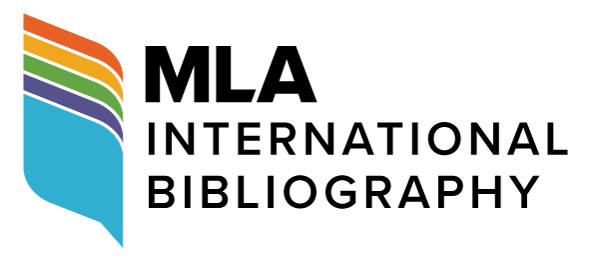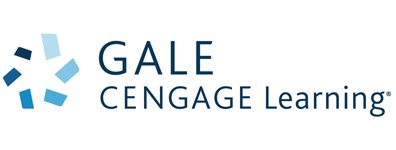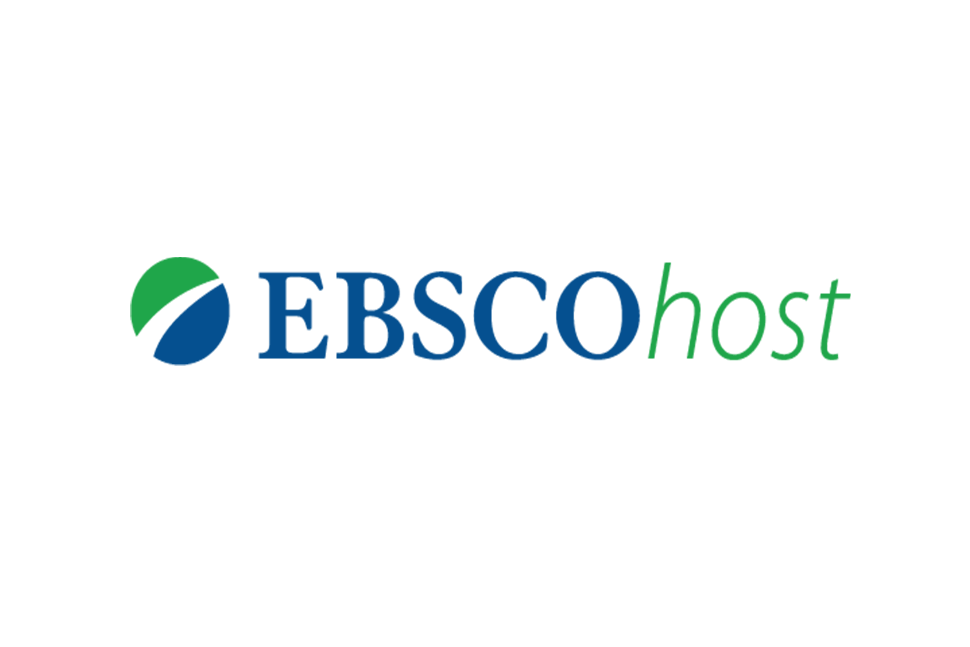2790-9441






MLA International Bibliography
MLA Directory of Periodicals
ProQuest
CrossRef
Google Scholar
Gale-Cengage
ROAD
TESOL Communications (TC) is a fully double-blind peer-reviewed international journal published by Clifford Media International. As the sister journal to the International Journal of TESOL Studies (Scopus), TC serves as a bridge between research and practice in the field of English language teaching and learning. The journal is dedicated to fostering meaningful dialogue between researchers and practitioners by providing a platform for sharing innovative, research-informed practices and practitioner-led insights. It focuses on the practical implications of current theories and research, featuring articles that present practice-oriented studies, reflective teaching practices, and collaborative projects between educators and researchers.
TESOL Communications emphasizes contributions that address real-world challenges in English language education, including innovations in curriculum design, professional development for educators, the integration of technology into teaching and learning, and culturally responsive pedagogies. The journal also welcomes submissions that explore classroom-based research, action research, and strategies for fostering multilingual and multicultural learning environments. By highlighting the dynamic exchange of ideas and experiences, TC aims to support the professional growth of educators, advance the field of TESOL, and strengthen the connections between research and classroom practice.
TC is an Open Access journal and all published papers are licensed under the Creative Commons Attribution License 4.0. Users have the right to read, download, copy, distribute, print, search, or link to the full texts of articles in this journal, or to use them for any other lawful purpose. Authors retain copyrights and full publishing rights without restrictions.
There are no article processing charges or submission charges applicable to authors.
TESOL Communications invites proposals for special issues that align with the journal’s mission of bridging research and practice in English language teaching and learning. TC serves as a platform for meaningful dialogue between researchers and practitioners, emphasizing practical applications of current theories and research. Special issues provide an opportunity to explore emerging topics, innovative pedagogies, and pressing challenges in TESOL through a curated collection of articles.
Scope of Special Issues
Proposed special issues should focus on themes that reflect TC’s commitment to fostering the exchange of ideas between research and practice. Topics may include but are not limited to:
-Innovations in curriculum design and instructional strategies
-Professional development for English language educators
-Technology-enhanced language learning
-Culturally and linguistically responsive teaching
-Multilingual and multicultural learning environments
-Classroom-based and action research
-Assessment and feedback in language learning
-Bridging of TESOL research and classroom practices
Special issues should include contributions that fall within the journal’s submission categories:
-Research Articles (Empirical Research, Collaborative Practitioner-Researcher Articles)
-Research Syntheses (Meta-analyses, Systematic Reviews, Scoping Reviews)
-Teacher Researcher Briefs (Classroom-based research and action research)
-Local Perspectives on Global Issues (Contextualized discussions of TESOL challenges)
-Teacher-Expert Dialogues (Interviews with scholars and practitioners)
-Voices from the Classroom (Reflective practice narratives)
Proposal Guidelines
Individuals interested in guest editing a special issue should submit a proposal that includes the following information:
1. Special Issue Title
A concise and descriptive title that reflects the theme of the special issue.
2. Guest Editor(s) Information
-Name, affiliation, and contact details of the guest editor(s)
-A brief bio highlighting their expertise in the proposed theme
3. Rationale and Significance
-A description of the special issue’s theme and its relevance to TESOL practice and research
-The significance of the topic in the current educational landscape
-How the special issue aligns with TC’s scope and mission
4. Objectives and Focus
-The key objectives of the special issue
-Specific research questions or themes to be addressed
5. Potential Topics
A list of possible topics that contributors may explore within the special issue.
6. Target Audience
An explanation of who would benefit from this special issue, including researchers, educators, policymakers, or other stakeholders in TESOL.
7. Expected Contributions
-Types of submissions sought (i.e., research articles, research syntheses, teacher researcher briefs, global perspectives on local issues, teacher-expert dialogues, voices from the classroom)
-Estimated number of articles to be included
8. Timeline
A proposed schedule for the special issue, including:
-Call for papers announcement
-Submission deadline
-Peer review timeline
-Final decision and publication schedule
9. Peer Review and Editorial Process
-How the guest editor(s) will oversee the peer-review process and follow TC’s peer review policy
-Criteria for selecting submissions for peer review
-Strategies to ensure academic rigor and practical relevance of submitted articles
10. Impact and Dissemination Plan
-Expected impact of the special issue on TESOL research and practice
-Plans for promoting the issue through conferences, academic networks, and social media
Proposal Submission
Interested guest editors should submit their proposals to the Chief Editor, Barry Lee Reynolds (BarryReynolds@um.edu.mo). Proposals will be reviewed by the editorial team based on their relevance, coherence, and potential contribution to the field of TESOL.
For further inquiries, please contact the Managing Editor, Xinghua Liu (info@tesolcommunications.com). We look forward to receiving proposals that contribute to advancing the dialogue between TESOL researchers and practitioners.